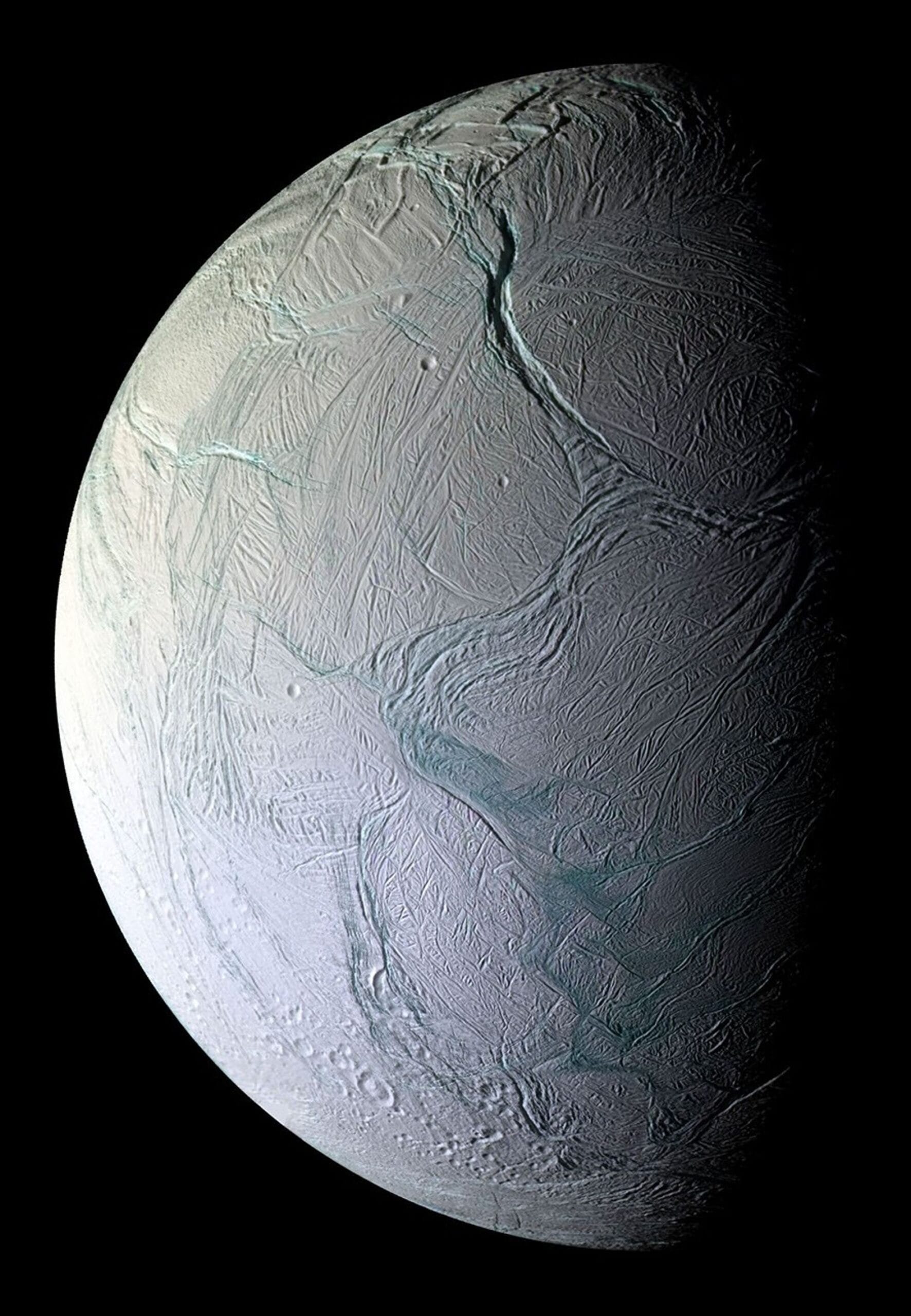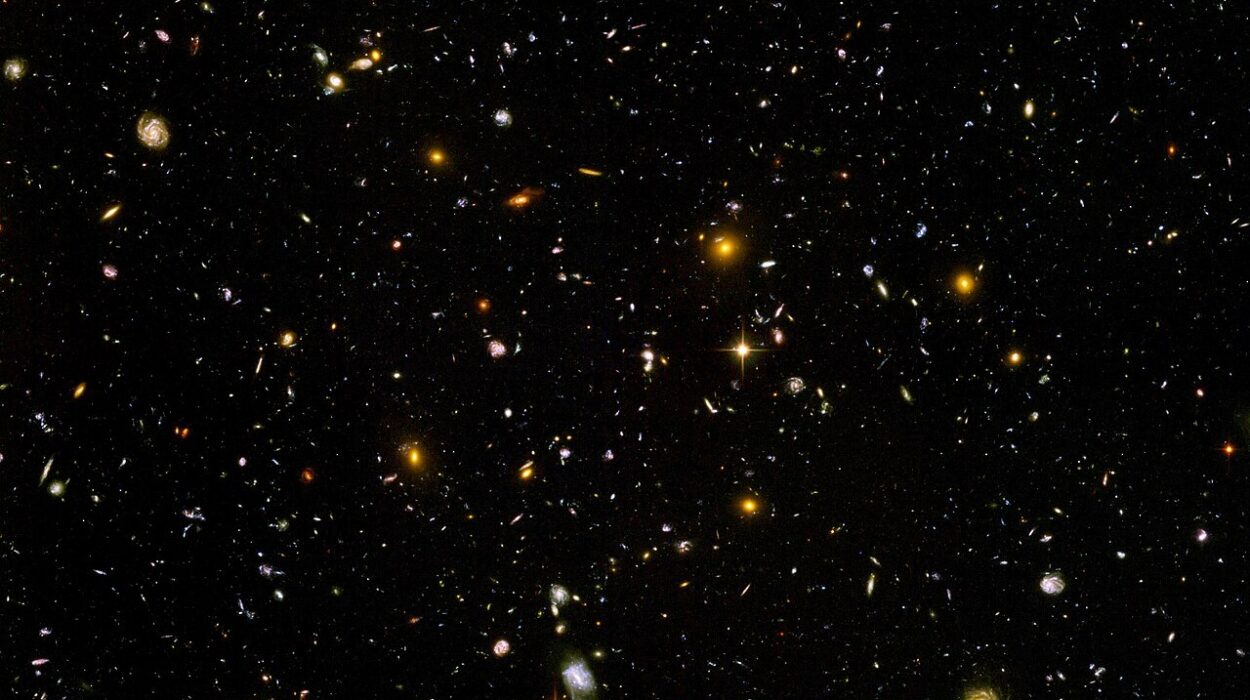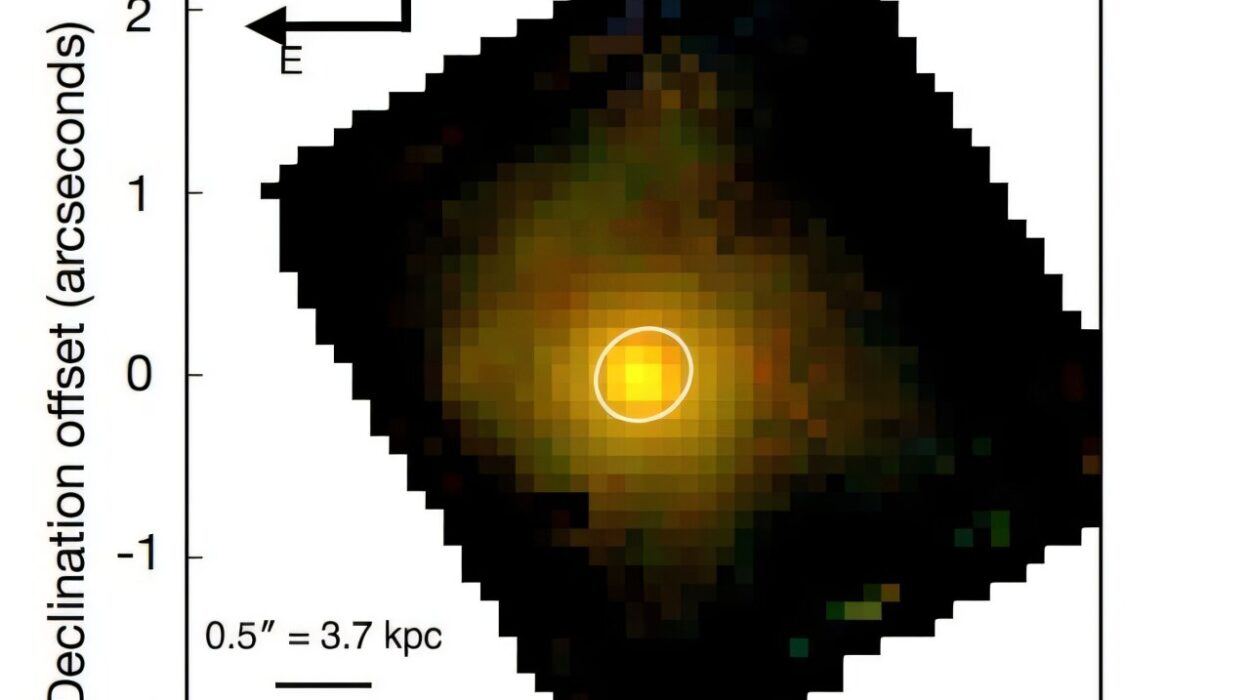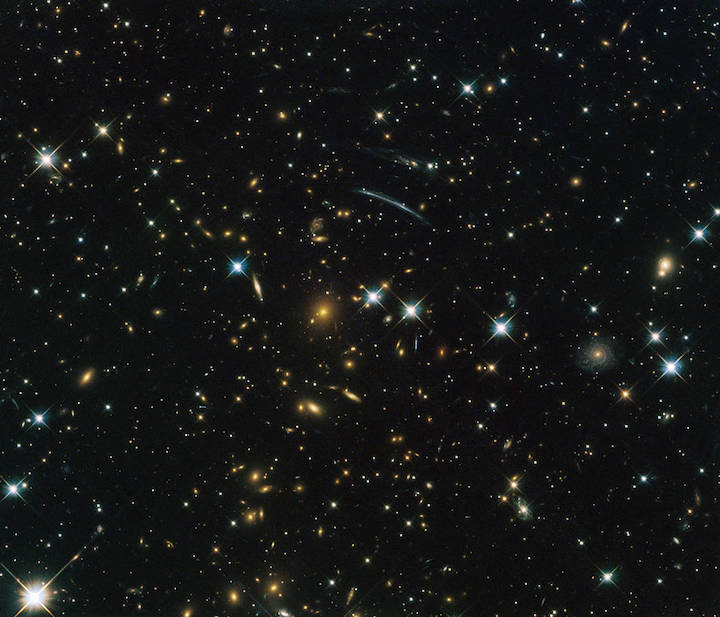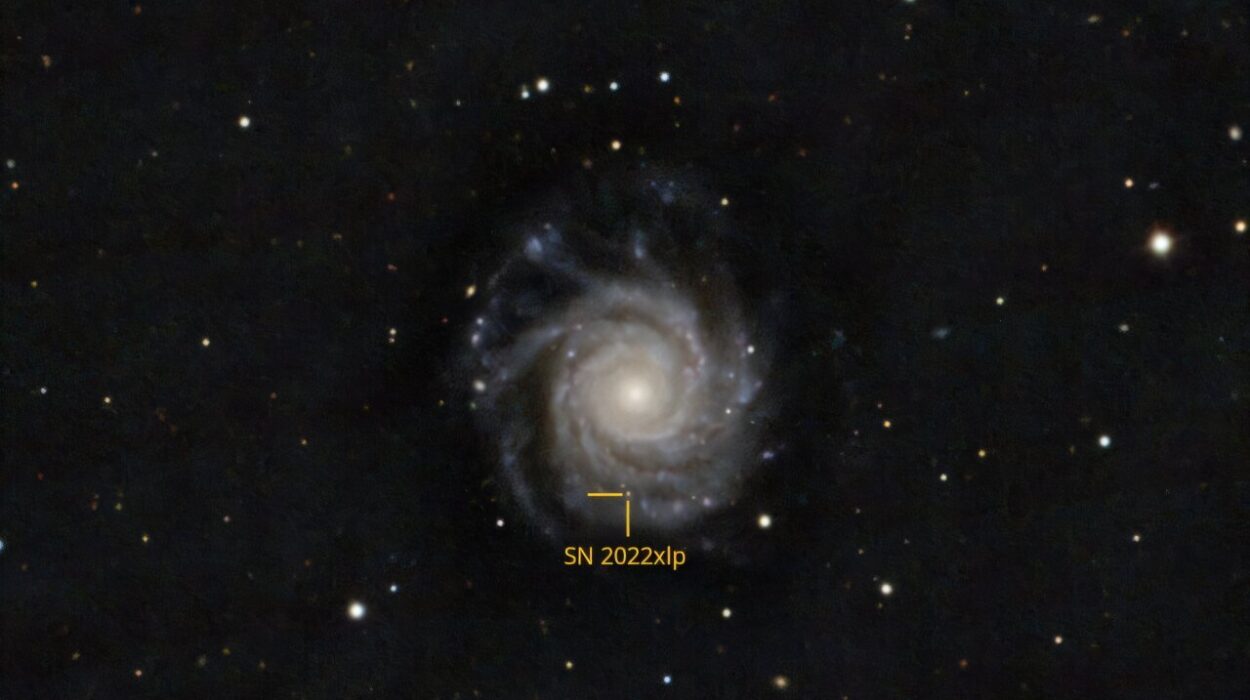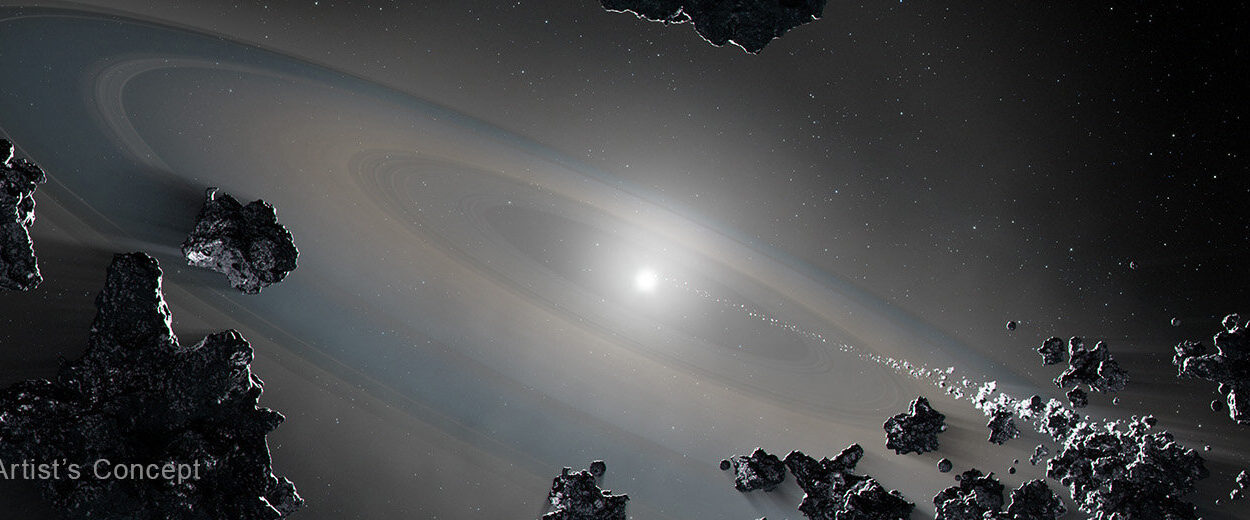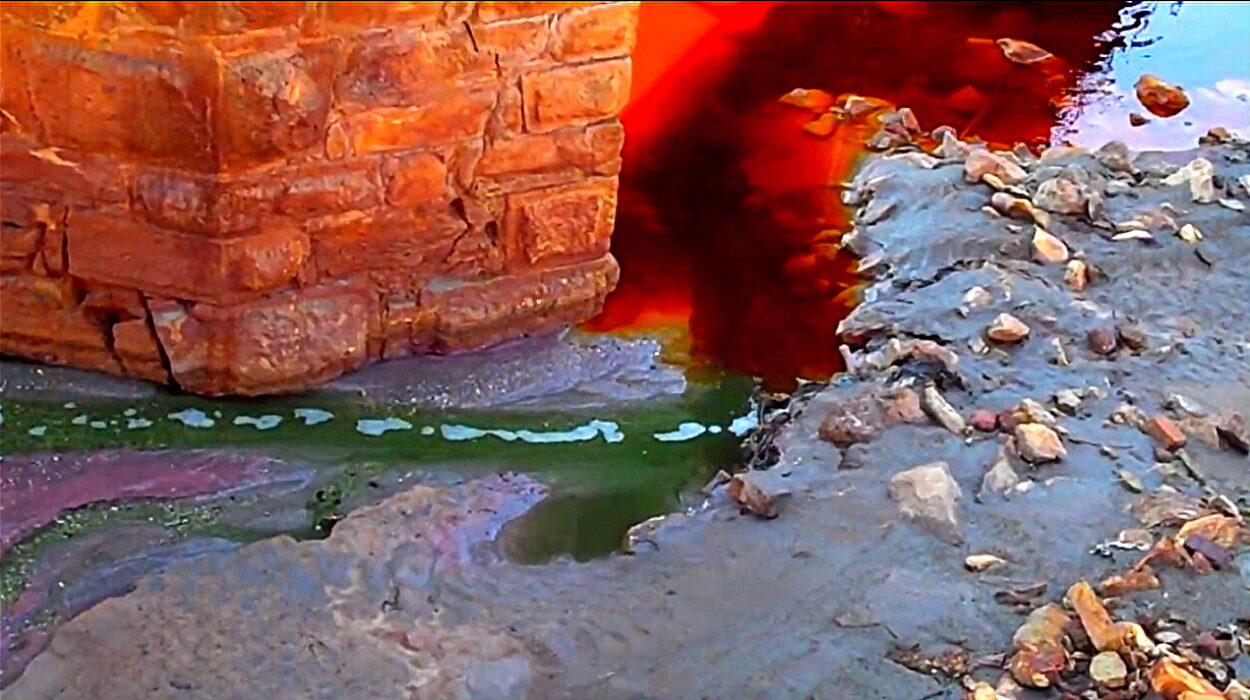For as long as humanity has looked to the stars, our search for extraterrestrial life has been guided by a simple idea: life needs sunlight and warmth. We imagine thriving ecosystems bathed in golden light, orbiting in a “Goldilocks Zone” where liquid water flows on the surface. But a groundbreaking new study from NYU Abu Dhabi’s Center for Astrophysics and Space Science (CASS) challenges this view. It suggests that even in the darkest, coldest places of the solar system, far from the warmth of a star, life could quietly endure—powered not by sunlight, but by cosmic rays.
Published in the International Journal of Astrobiology and led by Dimitra Atri, Principal Investigator of the Space Exploration Laboratory at NYUAD, the research shows how high-energy particles from space could generate enough chemical energy beneath planetary surfaces to support microscopic life. This discovery introduces a radical new idea: that life may not only survive without sunlight but could thrive underground in environments long considered inhospitable.
Cosmic Rays: From Threat to Lifeline
Cosmic rays are high-energy particles that travel across the universe at nearly the speed of light, often seen as a threat to astronauts and spacecraft. But this study flips that narrative, revealing how these particles might instead nurture life.
When cosmic rays strike water or ice buried underground, they shatter water molecules, releasing streams of electrons in a process called radiolysis. On Earth, some bacteria deep below the surface already exploit this very mechanism to survive, feeding on electrons instead of sunlight. The NYUAD team theorized that similar forms of microbial life could exist on other worlds where cosmic rays regularly penetrate icy crusts or rocky soil.
“We often think of cosmic rays as harmful,” explained Atri. “But in certain planetary environments, they may actually be a source of energy that allows life to persist where we least expect it.”
Underground Energy: Mars and the Icy Moons
To explore this possibility, the researchers ran advanced computer simulations of cosmic ray interactions with underground water on Mars and on the icy moons of Jupiter and Saturn. These worlds, though frozen and barren on the surface, are believed to hide liquid water beneath layers of rock and ice—conditions that could serve as a cradle for microbial ecosystems.
The simulations revealed that Saturn’s moon Enceladus offers the highest potential for life powered by cosmic rays, thanks to its thick icy shell and likely subsurface ocean. Mars came in second, followed by Jupiter’s moon Europa, another prime candidate in the ongoing search for alien life.
While these environments are shrouded in darkness, cosmic rays could be quietly sparking chemical reactions underground, providing a steady—if faint—energy source. This means that even in places too far from the Sun to support photosynthesis, life might find a way to survive.
The Radiolytic Habitable Zone: Expanding Our Search
This research doesn’t just add a footnote to astrobiology—it fundamentally reshapes the map of where scientists might look for life. Traditionally, astrobiologists have focused on the “Goldilocks Zone,” the orbital sweet spot where temperatures allow liquid water to pool on a planet’s surface. But Atri’s study introduces a new concept: the Radiolytic Habitable Zone.
Unlike the Goldilocks Zone, this new zone has nothing to do with sunlight or atmospheric temperature. Instead, it focuses on any location in the cosmos where underground water and cosmic rays coexist. Since cosmic rays are pervasive throughout the galaxy, this greatly expands the number of potential life-hosting worlds—many of which may appear uninhabitable at first glance.
“This discovery changes the way we think about where life might exist,” said Atri. “Instead of limiting our search to warm, sunlit planets, we can now consider cold, dark worlds with underground water. Life could be hiding in many more places than we ever imagined.”
Implications for Future Space Exploration
The study carries profound implications for upcoming missions to Mars and the outer solar system. Future spacecraft might be designed to probe beneath the surface of icy moons or analyze underground chemical reactions on Mars. Instruments capable of detecting the unique chemical fingerprints left by radiolysis-powered microbes could become a priority.
Such missions could revolutionize our understanding of life’s resilience. If cosmic rays can sustain biology in the frozen depths of Enceladus or beneath the rusty soil of Mars, then the universe may be teeming with microbial sanctuaries, quietly enduring beyond the reach of sunlight.
A Universe More Alive Than We Knew
Astrobiology has long grappled with a fundamental question: Is life a cosmic rarity or a common outcome of chemistry and physics? This research pushes us closer to the latter. It suggests that life is not strictly tied to the familiar recipe of sunlight, warmth, and surface oceans. Instead, it may adapt to invisible energy sources, drawing power from the very radiation that travels between stars.
From the glowing bands of the Milky Way to the icy plains of distant moons, the possibility now exists that beneath layers of rock and ice, life could be clinging on—hidden from view, yet sustained by cosmic rays.
The next time we look up at the night sky, this discovery invites us to wonder: how many unseen worlds might be alive beneath their frozen shells, quietly illuminated not by stars, but by the invisible rain of cosmic energy falling from the depths of space?
Reference: Dimitra Atri et al, Estimating the potential of ionizing radiation-induced radiolysis for microbial metabolism on terrestrial planets and satellites with rarefied atmospheres, International Journal of Astrobiology (2025). DOI: 10.1017/S1473550425100025
